Handling Containers On Ships: Dimensions, Markings and Bay Plan
Container ships play a crucial role in the economy and thus form a very necessary part of the shipping trade. In order to work efficiently on a container vessel and to understand container operations, it is important for deck officers and the deck crew to have a sound knowledge about containers, including container markings, their standard dimensions and the means to identify their stowed position. Every officer and crew working on the deck must be familiar with the Bay Plan, which helps in the easy identification of containers.
In this article, we will take a look at the some important aspects/characteristics of containers which is important while handling them on board ships.
Dimensions: Containers loaded on-board ships are generally 20 feet or 40 feet in length; however some vessels can also load 45’ containers. 40’ containers are designated as group A while 20’ containers are designated as group C. The heights vary from 8 feet to 8 feet 6 inches.
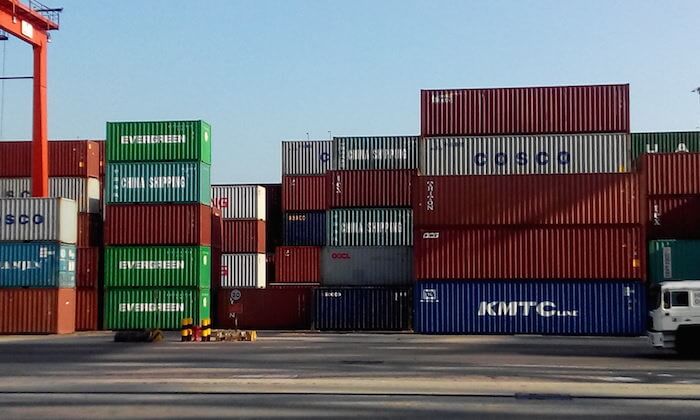
High cube container has a height of 9 feet 6 inches. When a high cube container is stowed below the deck, it is important to make sure that there is enough clearance between the container and the hatch cover so that the hatch cover can be closed securely.
The width of all containers is standardised at 8 feet so that containers can be stacked over each other in tiers. The duty officers must ensure that 20 foot containers are not stowed over a 40 foot container. 45 feet containers can be stowed over a standard 40 foot container as containers longer than 40 feet usually have additional support points at the 40 foot position.
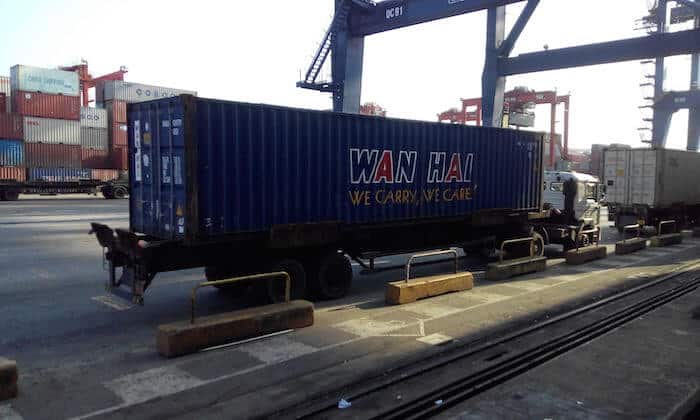
Container Markings: Containers are labelled with a series of markings and codes on the side and end walls which include the following:
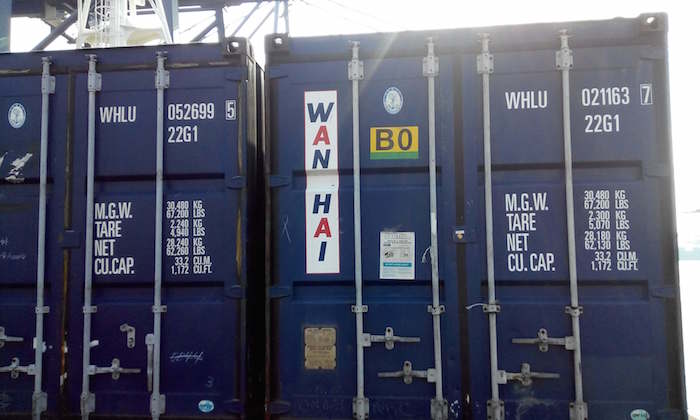
a) Container Number: The container number/registration number is a 6 digit number followed by a check digit assigned by the operator or the owner for its unique identification.
b) Container Code: It contains four letters and four alphanumeric characters. The first three capital letters indicates the owner code. The fourth letter is the equipment category code. The last four alphanumeric represents the size and the type code. The first two numbers which is the size code indicates the length and height of the containers whereas the last two characters, called the type code gives us an idea about the type of the container and its special features. So if the first number is 2 it means the container is 20’ long and if its 4 the container is 40’ long. The height of the container can be determined as follows:
0=8’0’’
2=8’6’’ for 20’ containers
3=8’6’’ for 40’ containers
4=9’6’’
Containers loaded on the vessel can be of different types like closed and ventilated containers, open top containers, refrigerated and tank containers. Each type is assigned a special character. For example the letter ‘G’ means closed general purpose containers and the letter ‘U’ means open top containers. Let us look at an example of marking:
WHLU 021163[7]
22G1
WHLU is the owner code where WHL means WAN HAI LINES. The letter ‘U’ is the equipment category identifier and normally used for all freight containers. 021163 is the Serial number and the number 7 is the check digit number.
This container is 20’ long (2), 8’6’’ high (2). It is a closed general purpose container (G) with passive vents in the upper part (1).
c) Maximum Operating Gross Weight: It is the maximum allowable combined weight of the container and its cargo.
d) Tare Weight: this is the weight of the empty container without any cargo.
e) Maximum Permissible Payload: It is the difference between the gross weight and the tare weight.
The Bay Plan: As soon as the vessel is berthed alongside successfully, the planner comes on-board and together with the chief officer prepares the cargo plan with the help of a loadicator or commonly called loading computer.
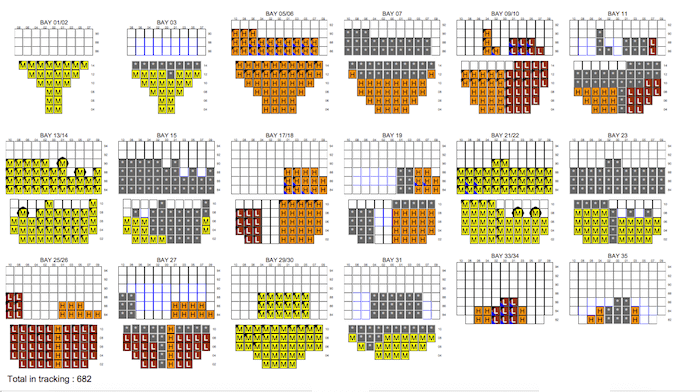
After the cargo plan is ready, the loading and discharge plans are then given to the deck officers and the able seamen who are responsible in monitoring the cargo operation. It is important for the crew members to understand the Bay Plan so as to make sure that the loading and discharging is done as per the prepared plans and to ensure the correctness of the stowed position of the containers.
The Bay Plan is a numbering system that gives a cross-sectional view of the arrangement of containers on a vessel above and below the deck. It consists of 6 digits. The first two digits indicate the bay, the middle two indicates the row and the last two represents the tier. The bay plan will help to determine the correct stowage position of containers as per the prepared cargo plan. It is also vital to check that the IMDG containers are stowed in the correct position strictly as per the plan.
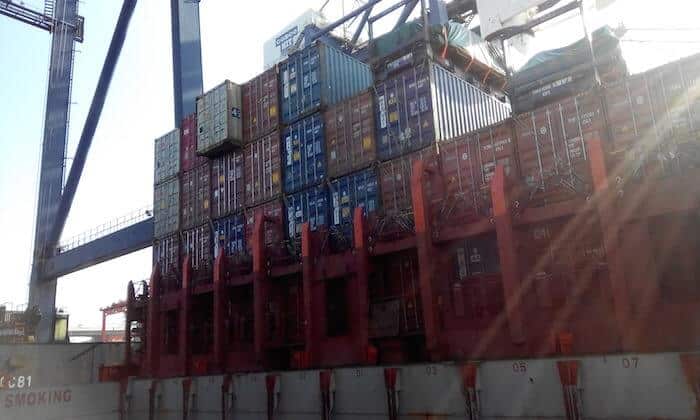
A container vessel is split into slots or compartments called bays. It starts from bay 01 from the bow and can continue till bay 40 to the stern depending on the size of the vessel. A 20 footer container will occupy odd numbered bays whereas 40 footer containers are numbered with even number bays. When cargo operation is under progress, the deck crew reports to the gangway watchman the number of the bay which is being discharged or loaded so that a record can be maintained. Entries of the time of commence discharging and loading operations are made in the cargo record book along with the bay number.
The ROW is the position where the container is placed across the width of the ship. If the container is placed on the centreline of the ship it is given a row 00. The rows are even numbered on the port side like 02, 04, and 08 and so on while the rows on the starboard side are given odd numbers like 01, 03, and 05 and so on.
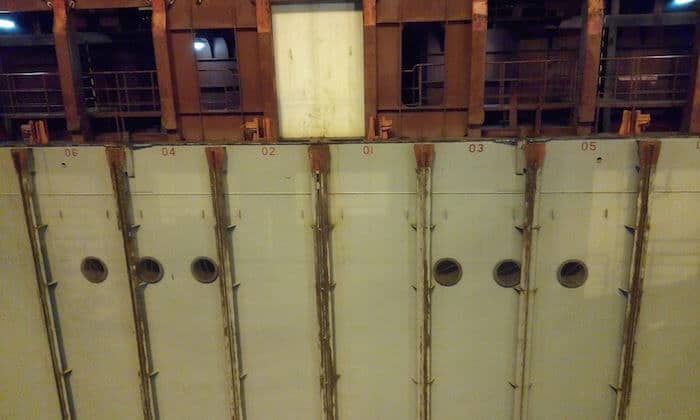
TIER denotes the height of the containers on or under the deck. If the containers are placed on the deck, their numbering normally starts from 82, 84, 86, 88 and goes upwards starting from the first tier. The containers stowed under the deck are numbered as 02, 04, 06, 08, and so on commencing from the bottom.
Now let us consider an example. A container whose stowage position is numbered as 02 01 84 means that it is stowed on the 2nd bay from the forward, the 1st row on the starboard side from the centre and in the 2nd tier above the deck. Similarly a container whose stowage position number is 13 00 82 means that it is a 20 footer container, located on bay number 13 in the centre and on the first tier above the deck. Every container on a bay plan is assigned a special letter which indicates the name of the port where the container is supposed to be discharged or loaded. The bay plan can also be colour coded based on the type of container or the type of cargo it carries; it becomes easier for the personnel monitoring cargo operation to easily identify them. They can easily differentiate between reefer containers, dangerous good containers, flat-tracks or general containers.
Thus we see that just by reading the stow position, we can identify if a container is 20 footer or 40 footer, whether it is stowed on the deck or under the deck and the side on which it is stowed, port or starboard. Knowing the position of the container, it can be decided well in advance which hatch cover cleats needs to be open if the container is to be stowed below deck and also which reefer container needs to be unplugged before discharging and plugged on loading.
Latest Shipboard Guidelines Articles You Would Like:
Do you have info to share with us ? Suggest a correction
Subscribe To Our Newsletters
By subscribing, you agree to our Privacy Policy and may receive occasional deal communications; you can unsubscribe anytime.
Web Stories
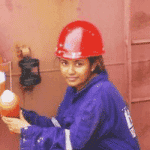
About Author
Paromita has completed graduation in Nautical Science and is presently preparing for 2nd mate exams. Besides sailing, she loves to read books and travel. She has also won many awards in music.








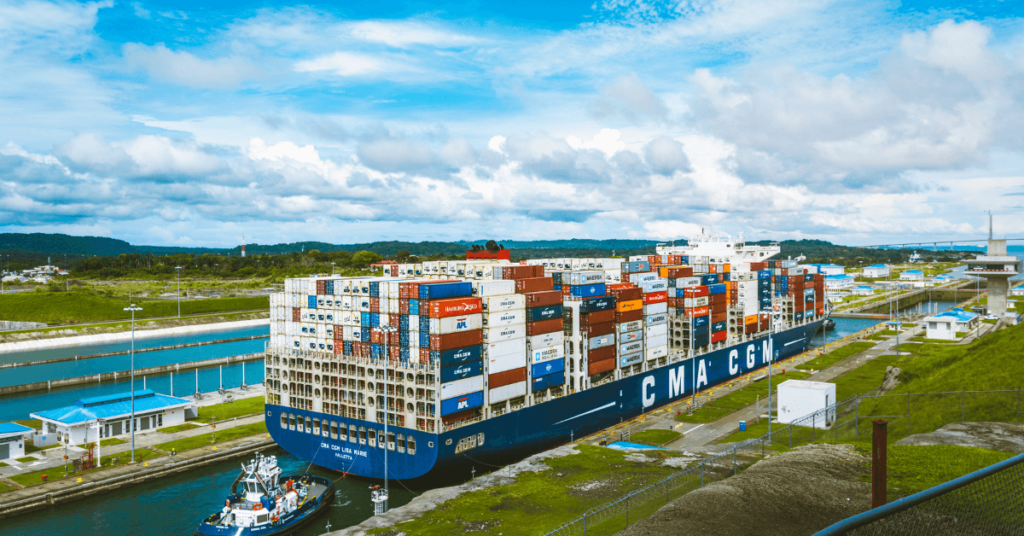






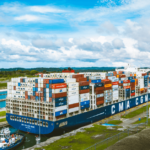





I was astonished with those Marine insight precious subjects which I’m still studying.
If you want to mark pipe work to identify it please talk to a senior engineer first and don’t just use a marker pen. Do it in a professional manner. Chief Engineers hate to find their engine room graffitied.
Roger that chief ????????
Very well written and explained..kudos!
Some ships carry containers on tier 80. That means its on the main deck level below the hatch cover.